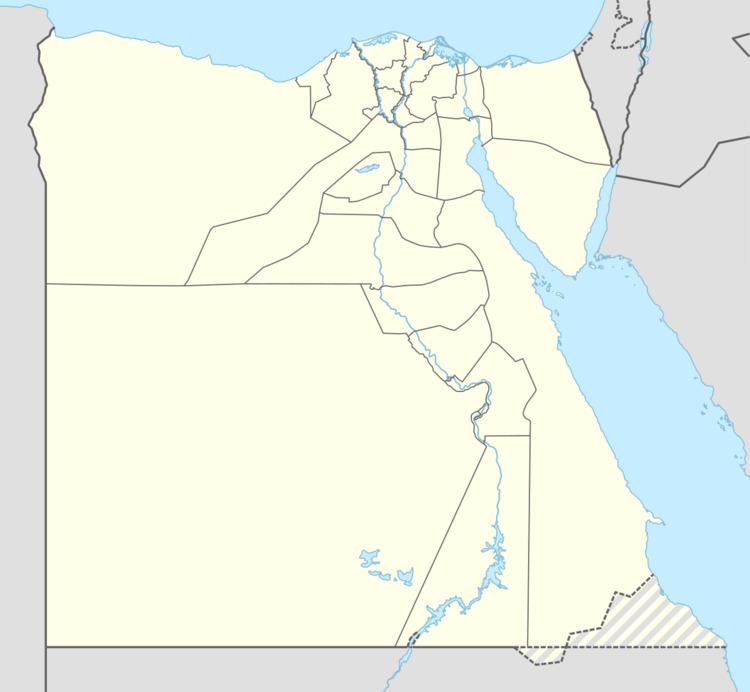Other names Deir Abu Bishoy Country Egypt | Phone +20 3 5460511 | |
 | ||
Address وادى النطرون، طريق دير الانبا بيشوي، El Beheira Governorate 22856, Egypt Similar Paromeos Monastery, Monastery of Saint Anthony, Saint Mark's Coptic Ort, Monastery of Saint Paul the, St Takla Haymanot's Church | ||
The Monastery of Saint Pishoy (also spelled Bishoy, Pshoi, or Bishoi) in Wadi El Natrun, Beheira Governorate, Egypt, is the most famous monastery of the Coptic Orthodox Church of Alexandria named after Pishoy. It is the easternmost of the four current monasteries of Wadi el Natrun.
Contents
Foundation and ancient history
Pishoy founded this monastery in the fourth century. On December 13, 841 (4 Koiak, 557 AM), Pope Joseph I of Alexandria fulfilled Pishoy's wishes and moved his body as well as that of Paul of Tammah to this monastery, both of which were originally interred at the Monastery of Pishoy in Deir el-Bersha. Today, the two bodies lie in the main church of the monastery.
Modern history
Today, the Monastery of Saint Pishoy contains the relics of Pishoy, Paul of Tammah, and relics of other saints. Eyewitnesses recount that the body of Pishoy remains incorrupt. Pope Shenouda III of Alexandria is also interred there.
The monastery has five churches, the main one being named after Pishoy. The other churches are named after Mary, Abaskhiron the Soldier, Saint George, and the archangel Michael. The monastery is surrounded by a keep, which was built in the fifth century to protect the monastery against the attacks by Berbers. An initial castle was built early in the twentieth century, but was later replaced by a four-storied castle built by Pope Shenouda III. In addition, the monastery contains a well known as the Well of the Martyrs. Coptic tradition says the Berbers washed their swords in this well after having killed the Forty Nine Elder Martyrs of Scetes and subsequently threw their bodies in the well before Christians retrieved the bodies and buried them in the nearby Monastery of Saint Macarius the Great.
Under Shenouda III, Pope of the Coptic Orthodox Church of Alexandria from 1971 to 2012, new land around the monastery was purchased and developed. Poultry, cattle breeding and dairy facilities were developed. Ancient buildings and churches were restored, and cells for monks, retreat houses, a papal residence, annexes for a reception area, an auditorium, conference rooms, fences and gates were built. Shenouda III was buried here after his death in March 2012.
Popes from the Monastery of St. Pishoy
- Pope Gabriel VIII (1525–1570)
- Pope Macarius III (1942–1945)
Abbot
As of 2015 the bishop and abbot of the Monastery of Saint Pishoy was Sarapamon (Serapis Amon).
